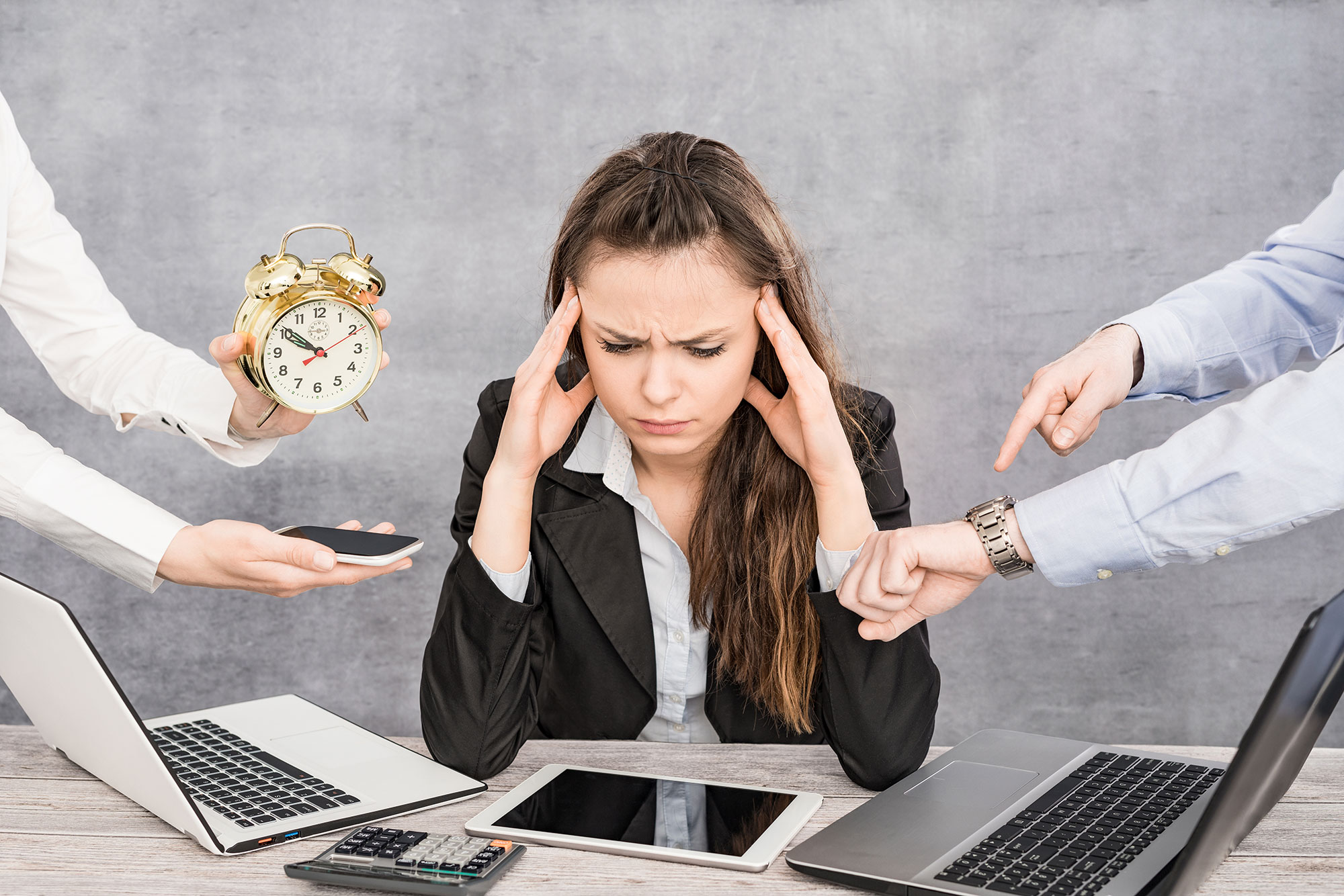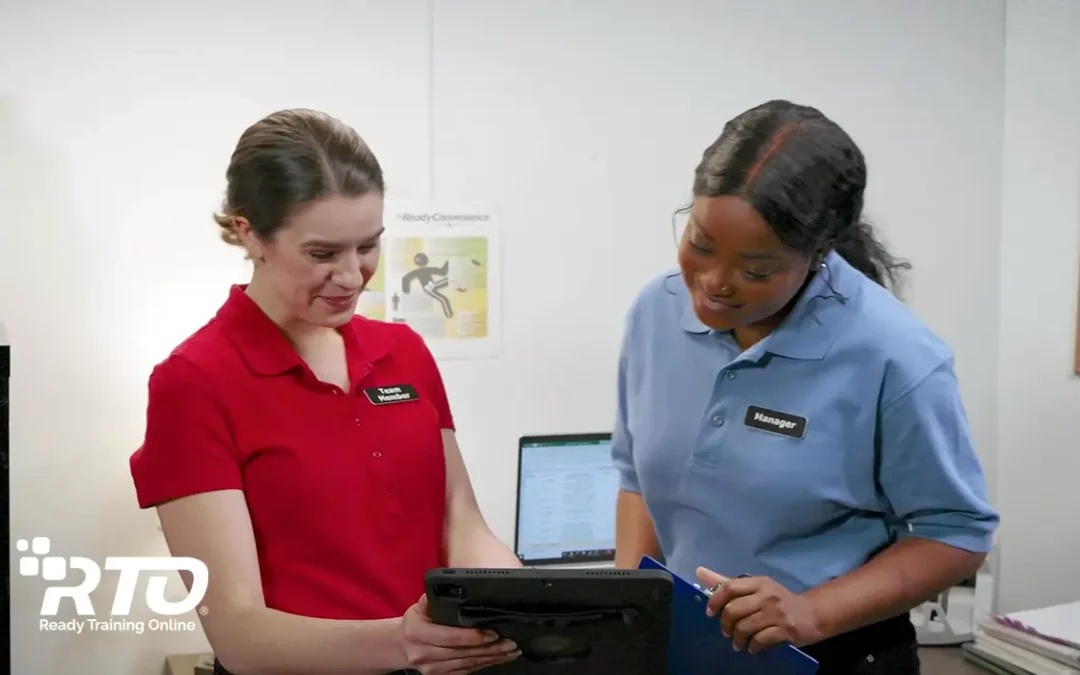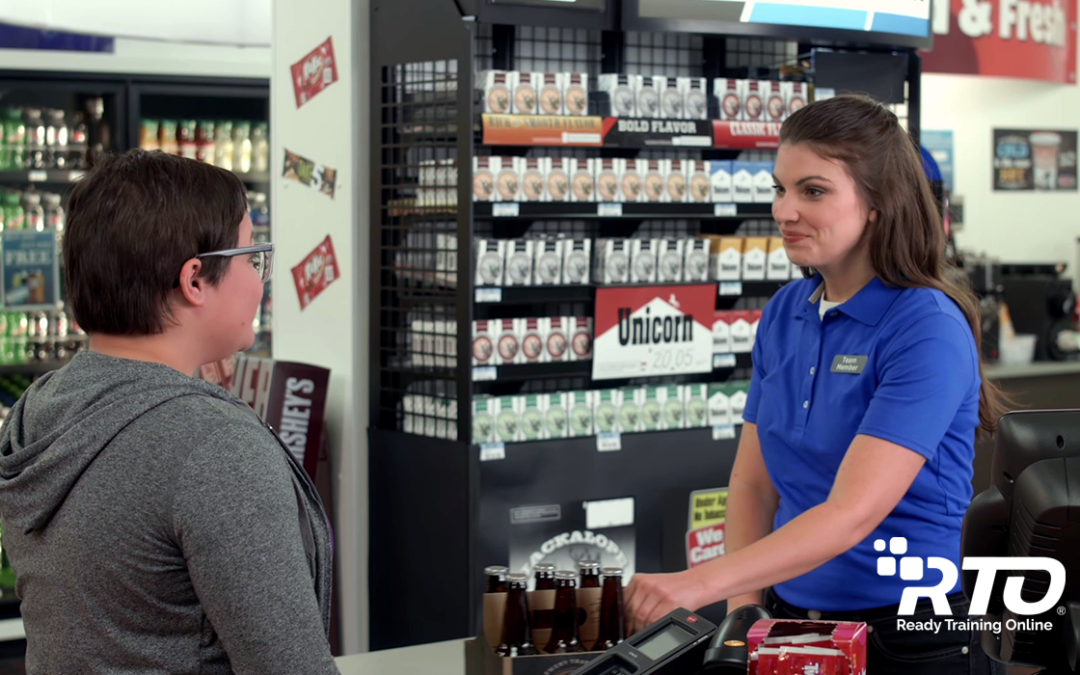As a convenience store leader, you want to give your best self to the store, the employees, and the customers. That’s for good reason, as morale, reputation, and trust in the company or store are all boosted under an energetic and effective leader. What many people in this position aren’t prepared for is the toll being a good leader can take, which often leads to leadership burnout. Handling workplace burnout in your employees is one thing, but when you, as a leader, experience burn out, you need a different toolset to help out.
Symptoms of Leadership Burnout
Some common issues associated with leadership burnout include:
- Loss of motivation: Are you dealing with a loss of motivation in the workplace? Even if you only lose motivation for one task, like attending a certain meeting or doing a certain duty, it can be a sign that you’re feeling burnt out.
- Fatigue: Fatigue can be caused by many things, but if you find yourself always suffering from fatigue when going to work or handling a certain task, that routine fatigue could be a strong sign that burn out is setting in.
- Not enjoying the job anymore: One of the biggest signs of leadership burnout is if you used to enjoy doing your job leading a store or business, but you really just aren’t enjoying it anymore. This switch in behavior and attitude is a huge tell that leadership burnout is taking hold.
Handling Leadership Burnout
Leadership burnout can be a bit harder to deal with than a regular case of burnout in an employee, because quite often you are simply unable to step back and recover for any large amount of time. When you think it’s necessary, try working these into your schedule:
Self-care: If your burnout is related to putting your duties as a leader ahead of yourself, then putting yourself first more often is a very sensible cure. While some people try to separate their work lives from the rest of their life, its important to recognize that they are very connected. If you’re suffering at work, you’ll carry some of that stress home, and vice versa. Embracing self-care both at work and home is the key to solving many problems.
Change your schedule: People have a lot more variance in schedule than simply being an early bird or a night owl. Maybe you work better in the morning, or in the afternoon stretch. Take note of when you do your best work and put your most important tasks in that part of your day. It’ll help you complete those tasks better and make sure you’re not stressing about an important duty when your body isn’t up to it.
Teamwork: Leaders often suffer burnout because they are trying to take on a lot of responsibility themselves Therefore, working as a team, or being better at delegating tasks to other people, is a good way to reduce that source of stress. Plus, it always helps when your team is prepared for any situation that could pop up in your store, and it takes some responsibility off of your shoulders.
Improving your health: As a leader, your physical, mental, and emotional health is a weight on you and influences how you do your job. If the stress of leadership is accelerating your burnout, try working on your responses to stress. It’s cyclical, handling your stress improves your health, and improving your health leads to less stress.
Taking Care of Yourself as a Leader
In our online training module Taking Care of Yourself as a Leader, leaders learn self-care strategies that are broken down into three parts: physical wellness, mental wellness, and emotional wellness. Leaders can choose the strategies that they can best incorporate into their daily lives, helping them live more balanced lives.





